Bugok Hot Springs Special Tourist Zone (부곡온천 관광특구)
0m 11223 2024-02-27
77 Oncheonjungang-ro, Bugok-myeon, Changnyeong-gun, Gyeongsangnam-do
Bugok, named after its cast-iron pot-like terrain, boasts the hottest spring in Korea with a temperature of 78°C. It features various attractions such as Hanol Park and fountain park for performances, a refreshing trail, golf courses, and foot baths. Bugok Hot Springs is believed to be effective for arthritis, skin diseases, and fatigue recovery. Nearby attractions include Uponeup Marsh, Hwawangsan Mountain, and the Gaya Tombs.
Lake Hills Golftel Bugok (레이크힐스 골프텔 부곡)
597.1492536315351m 6777 2019-02-08
41, Oncheon 2(i)-gil, Bugok-myeon, Changnyeong-gun, Gyeongsangnam-do
+82-55-536-5181
Lake Hills Golftel Bugok is a premium hotel that offers sulfuric hot springs maintained at 78℃. In addition, the hotel features Hwangto (red clay), Maekbanseok (elvan), Seubsik water sauna and an outdoor bath. The hotel features 40 Western-style and 46 Korean-style guestrooms, as well as restaurants serving a variety of dishes, a cocktail bar, a fitness center and convention facilities. Guests may also hike in the nearby Hwawangsan Mountain National Park, or visit other tourist sites such as Upo Swamp, famous for a seasonal bird migration, Yeongsanhoguk Park, Manokjeong Park and ice caverns.
Bugok Royal Hotel (부곡 로얄관광호텔)
899.0422704396365m 8808 2019-07-31
3, Oncheonjungang-ro, Bugok-myeon, Changnyeong-gun, Gyeongsangnam-do
Bugok Royal Hotel is located in Changnyeong-gun, Gyeongsangnam-do. The hotel is popular for its sulfur spring and convenient amenities offered at a reasonable cost.
Hwawangsan Spa Hotel (화왕산스파호텔 (구, 가든 관광호텔))
974.085318608781m 4589 2021-02-06
3, Oncheon 1-gil, Changnyeong-gun, Gyeongsangnam-do
+82-55-536-5771
Hwawangsan Spa Hotel is 30 minutes away from Miryang Station by car. It houses a sauna, serminar room, and kids land as subsidiary facilities.
Mannyeongyo Bridge (만년교)
5.9 Km 0 2023-06-27
42, Wondari-gil, Changnyeong-gun, Gyeongsangnam-do
+82-55-530-1471
Mannyeongyo Bridge in Yeongsan, Changnyeong is an arch-shaped stone bridge over the village creek. Because the creek flows from the south of the mountain, the bridge is also known as Namcheongyo Bridge. Natural rocks found on the sides of the creek are used as stone flooring, and well-polished granite stones are stacked on top of the rocks in the shape of an arch. The top of the bridge is layered with round natural stones and covered with soil as a pathway for people crossing the bridge. The road surface curves and stretches on both ends, making the atmosphere of the bridge more cozy. It was first built in the 4th year of King Jeongjo of the Joseon dynasty (1780) and rebuilt in the 29th year of King Gojong (1892). It is said that the bridge is still strong enough for villagers to pass, and flood-proof. (Source: Cultural Heritage Administration)
Mageumsan Hot Springs (마금산원탕)
10.0 Km 11626 2020-06-04
1167, Cheonju-ro, Uichang-gu, Changwon-si, Gyeongsangnam-do
55-298-4400
Also referred to as Buk-myeon Hot Springs after the name of the region, Mageumsan Hot Springs is 13 kilometers north of Rural Route 1045 from Euichang-dong in Changwon and takes approximately 20 minutes to get to by car. Mageumsan Hot Springs rises 200 meters above sea level, contains a slightly alkaline enriched water of 55℃ or more, and consists of over 20 mineral substances including natrium, radium, manganese, ion sulfate, and others. Mageumsan Hot Springs are known to be effective in helping arthritis, women's diseases, neuralgia, depression, etc., and are frequently visited by travelers.
Records of Mageumsan Hot Springs are listed in the ancient texts of King Sejong's Geographical Book, Survey on Civilization (Dongguk-yeojiseungnam), and more, illustrating that these hot springs were of great importance in ages past. The hot springs were temporarily closed in the later period of the Joseon Dynasty but were reopened by a man named Tokunaga from Japan. Later, Jin-Il Sohn, a resident of the area took ownership of the hot springs.
Outstanding scenery complements the hot springs with Cheonmasan Mountain (370m), Mageumsan Mountain
and Baekweolsan Mountain (400m) located nearby. In particular, there is a legend that surrounds Baekweolsan Mountain
and people like to climb this mountain and then relax by bathing in the hot springs.
Changnyeong Nakdonggang Yuchae Festival (창녕 낙동강유채축제)
12.8 Km 26692 2024-03-08
177 Namjigangbyeon-ro, Changnyeong-gun, Gyeongsangnam-do
+82-55-530-1523
The Nakdonggang Yuchae Festival takes place at Namji Yuchae Complex, the single largest field of canola flowers in Korea. The flowers and the sparkling Nakdonggang River make wonderful backdrops for photos. The fields are also alive with butterflies and honeybees flying from blossom to blossom.
Homeplus - Miryang Branch [Tax Refund Shop] (홈플러스 밀양)
13.9 Km 0 2024-04-18
45, Jeompiljae-ro, Miryang-si, Gyeongsangnam-do
-
Ancient Tombs in Gyo-dong and Songhyeon-dong, Changnyeong (창녕 교동과 송현동 고분군)
13.9 Km 23061 2023-06-27
34, Changmil-ro, Changnyeong-gun, Gyeongsangnam-do
+82-55-530-1471
Songhyeon-dong Ancient Tombs, located under Mokmasanseong Fortress at the west foot of Hwawangsan Mountain, are large ancient tombs located in the southwest by the road leading to Hyeonpung. The Gyo-dong Ancient Tombs are dozens of ancient tombs that were once gathered around a large royal tomb, which among only eight tombs with damaged mounds now remain. Some of these ancient tombs were excavated by the Japanese between 1918 and 1919, and most of the relics were moved to Japan, and only some of them remain in Korea. According to the results of the investigation at the time, the large tombs were either built in a passageway form or an entry gate form.
It is said that a large number of relics such as jewelry made of various precious metals, including gold crowns, pure gold transplants, and copper, iron armour, and earthenware were excavated. The excavation report left by the Japanese is simple, so it is not possible to accurately grasp the structure of the Gyo-dong Ancient Tombs and the excavated relics. Twenty-one of the existing tombs have been restored so far, and only one of them has an accessible entrance.
The tombs in Songhyeon-dong are largely divided into two areas. Area 1 used to be large tombs with 80 tombs west of the foot of Mokmasan Mountain, but now only about 16 tombs remain. It is said that there were about 20 tombs in the second area near the stone Buddha in Songhyeon-dong, but now most of them have turned into rice paddies, and only a few tombs reveal their original appearance. Since the tombs are close to the Gyo-dong tombs, the structure of the tomb and the nature of the relics are believed to be almost the same. Along with the Gyo-dong tombs, a large number of relics were excavated in 1918, but the whereabouts of some of the relics are unknown.
Miryang Cultural Heritage Night Tour (밀양문화유산야행 )
15.1 Km 0 2024-03-20
324 Jungang-ro, Miryang-si, Gyeongsangnam-do
+82-55-355-0306
Miryang Cultural Heritage Night Tour is a special evening event to showcase the history and cultural relics of Miryang through storytelling.
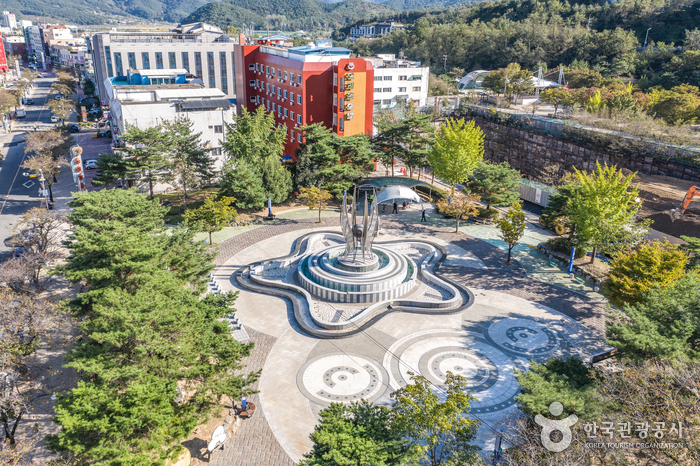

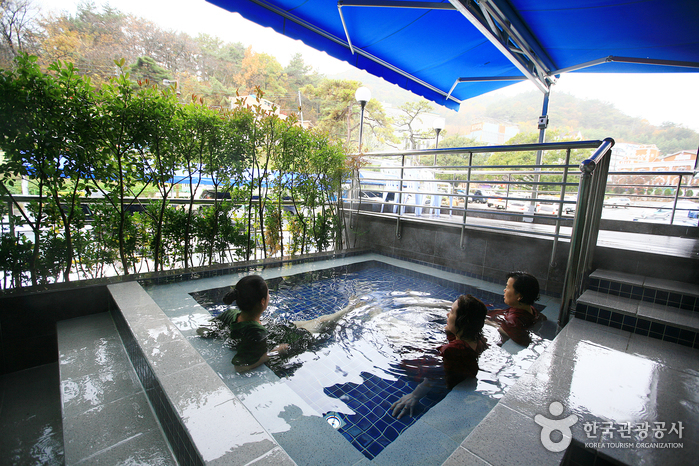
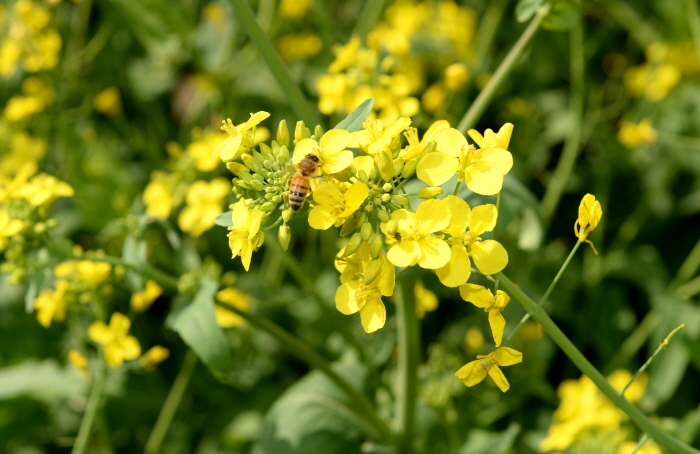
![Homeplus - Miryang Branch [Tax Refund Shop] (홈플러스 밀양)](http://tong.visitkorea.or.kr/cms/resource/26/2885926_image2_1.jpg)
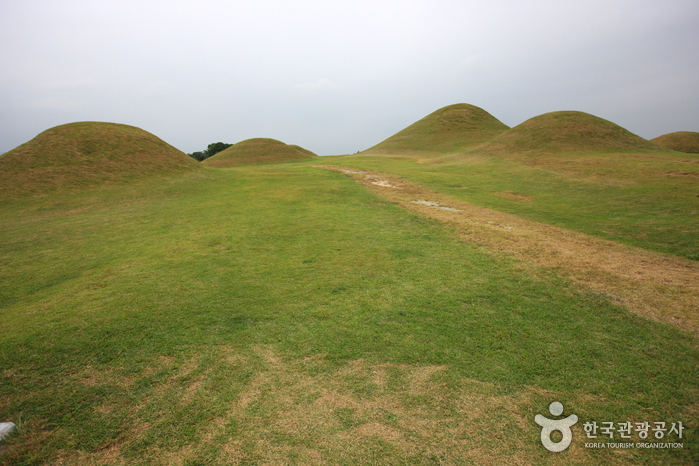
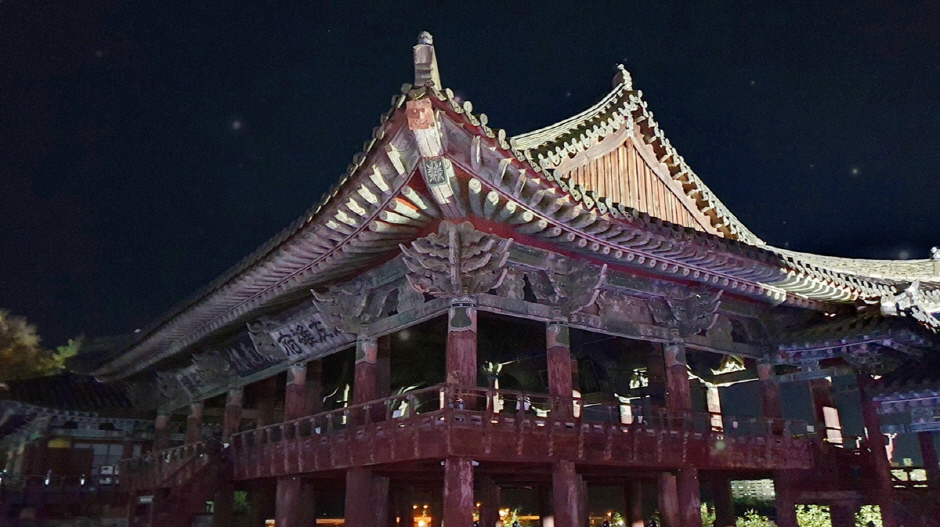
 English
English
 한국어
한국어 日本語
日本語 中文(简体)
中文(简体) Deutsch
Deutsch Français
Français Español
Español Русский
Русский